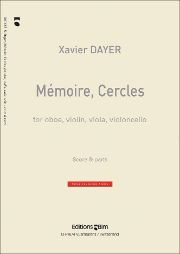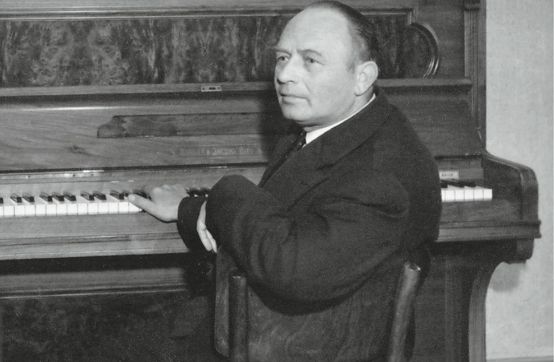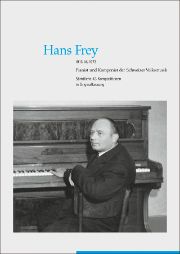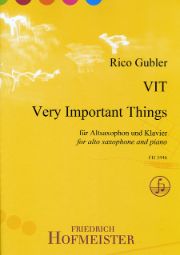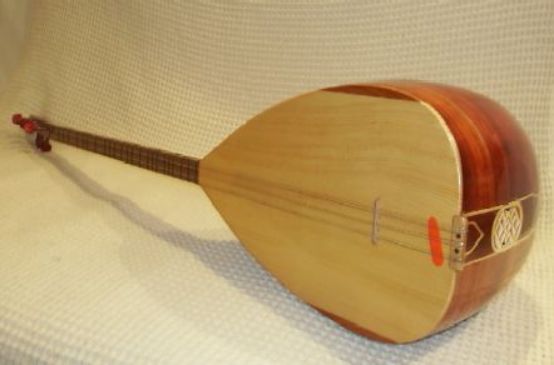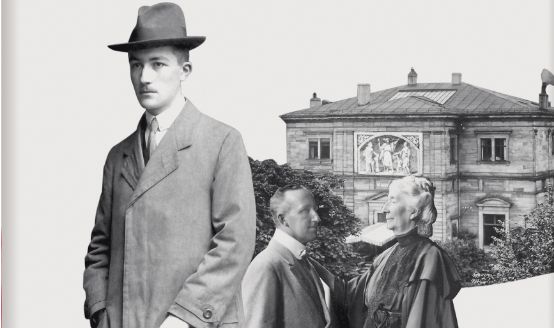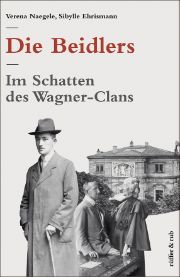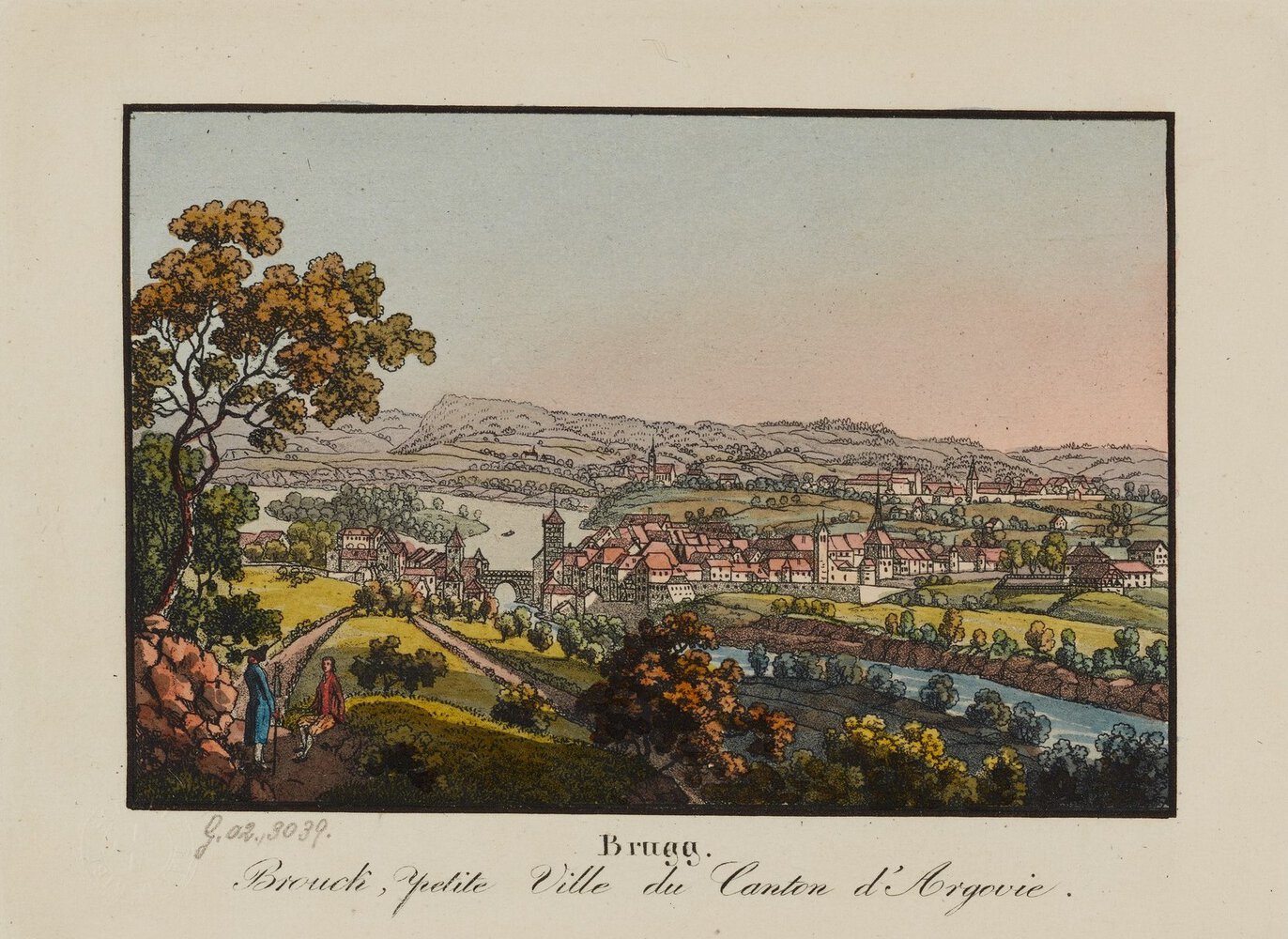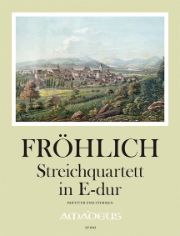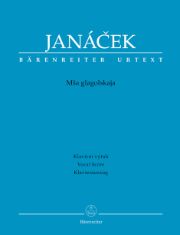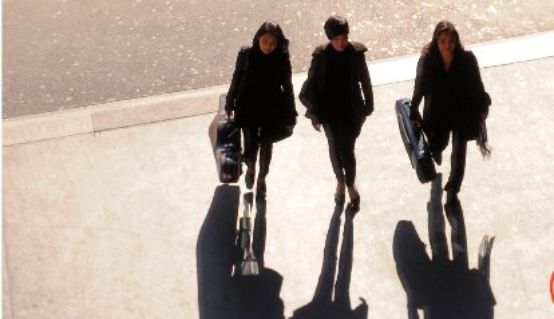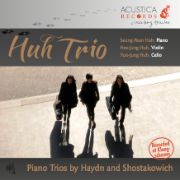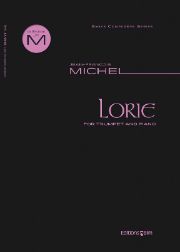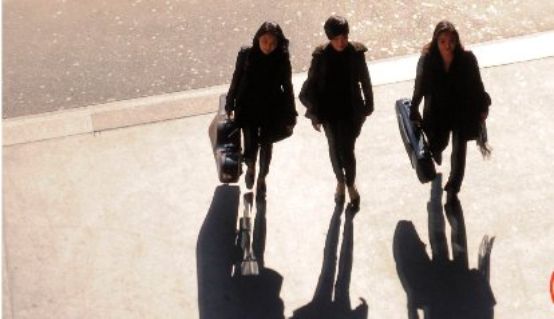While Norbert Burgmüller (1810-1836), who died in the same year, has been in the Monuments of Rhenish music is in good hands with a complete edition of his four string quartets, Friedrich Theodor Fröhlich (1803-1836) from Aargau still has a hard time in this respect. Of the five contributions to the genre, which are among his main instrumental works, only the Quartet in E major, written in Berlin in 1827/28, is available in print. It was edited from the autograph and provided with a preface by Carola Gloor, a Bruges music student and cellist. Her Matura thesis dedicated to Fröhlich earned her the special prize with the rating "outstanding" Swiss Youth in Science: Culture of the 47th National Competition after revising the text with string quartet expert Antonio Baldassare.
The first edition (score and parts), published in only 280 copies, is based on Carola Gloor's transcription of Fröhlich's manuscript using the Sibelius music notation program. Published in the well-known engraving quality of Amadeus Verlag, run by violist Bernhard Päuler, the four-movement work represents a significant enrichment of the early Romantic quartet repertoire.
If Fröhlich had presented this work to his Berlin teachers Karl Friedrich Zelter and Bernhard Klein, they would hardly have agreed with the many idiosyncrasies. However, they considerably increase the appeal of the formally and tonally unconventional composition. Although it does not contain a development section, the first movement is in sonata form. In the Adagio, complicated rhythms and differently phrased sextuplets complicate the interplay. The particularly imaginative finale, written in free rondo form, quotes from the first movement for long stretches and surprises with recitative-like insertions and an effective fugato.
The editor and her academic advisor apparently missed the fact that the gently swaying main theme of the first movement in six-eighths time is not an invention of Fröhlich's. It comes from Felix Mendelssohn Bartholdy's Piano Sonata in E major op. 6, first published in 1826. The same composer, whom Fröhlich appreciated more than he successfully contacted in Berlin, also left his mark on the Scherzo. The combination of long chains of semiquavers with staccato accompaniment quavers in the lower register can already be found in his Capriccio in F sharp minor op. 5 for piano, printed in 1826.
What was long known as Fröhlich's Missa I turned out one day to be an only slightly altered copy of a mass by Johann Gottlieb Naumann (1741-1801). Once again, Fröhlich stands out as a cheerful plagiarist, although this in no way diminishes the value of the work as a whole with regard to the short main theme of the string quartet.
Friedrich Theodor Fröhlich: String Quartet in E major, edited by Carola Gloor, BP 1842, Fr.68.00, Amadeus Verlag, Winterthur 2012








